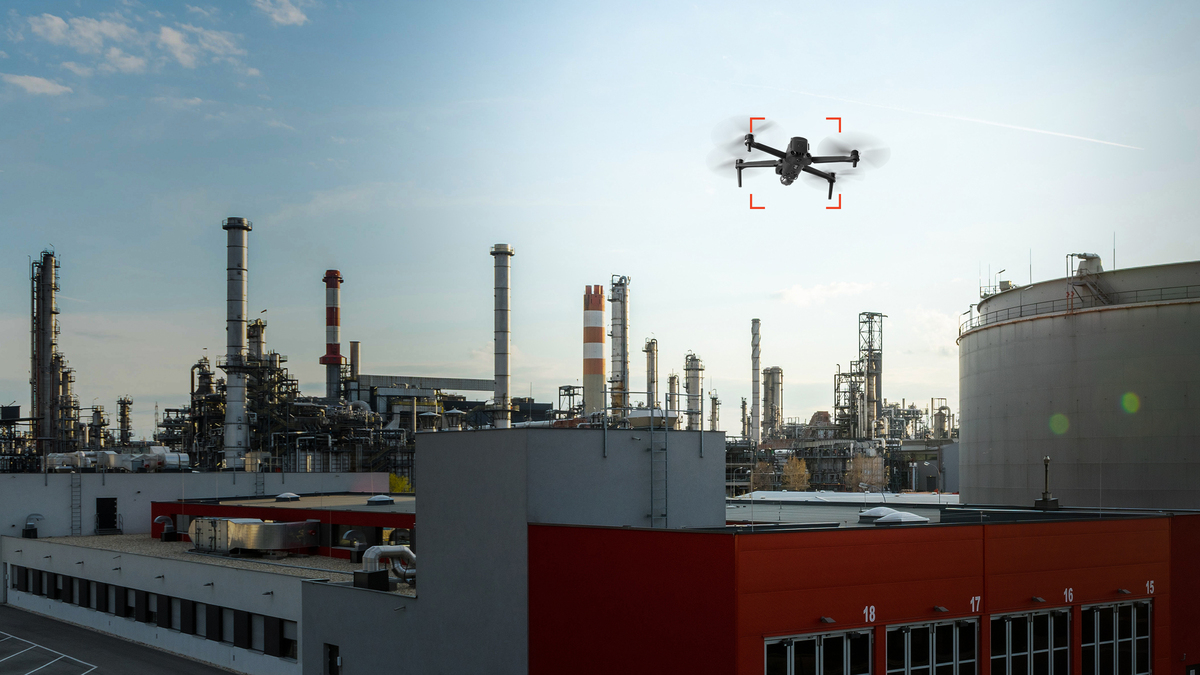Thank you! Your submission has been received!
dedrone blog


Earlier this month, Dedrone wrote an article in IFSEC Global that raised the question: Is your site prepared for a drone incursion?
Unauthorized drone swarms invaded the Palo Verde Nuclear Generation Station in Arizona. A modified drone was found near an energy substation that U.S. Department of Homeland Security officials warned was a plot to knock out power in Pennsylvania. Looking to gain attention for environmental causes, Greenpeace activists intentionally crashed a drone into a French nuclear plant to highlight the lack of security around the facility. Greenpeace followed up its efforts by using a drone to drop a smoke bomb over a nuclear facility containing irradiated fuel. The FBI and U.S. Homeland Security have formally warned that among the top national security threats posed today is the rise of unwanted or hostile drones in critical airspace.
Drones can be used by bad actors or even careless pilots to cause damage to both physical infrastructure and even breach cyber defenses. Without drone intelligence to determine airspace activity, critical infrastructure security teams are powerless against drone threats. Counter-drone technology is an essential tool that addresses this hybrid threat landscape, and provides drone activity data, enabling security teams to secure and defend assets.
As the article highlighted, organizations should not wait for a crisis to occur, but rather, avert a crisis and use the incident as an opportunity to showcase the strength of their security capabilities.
Organizations can act today to understand the security gaps in their airspace and then close them. Data collection with smart airspace security technology can begin immediately and without any interference to existing operations.
The first step to understanding airspace activity and the threat to an organization is to build airspace intelligence and create activity data sets and consequent analyses. From there, organizations are able to identify the most vulnerable areas, times of day/week, and thus essential areas for protection.
Counter-drone technology can be installed at a critical infrastructure site in as little as 15 minutes. Baseline assessments will reveal drone activity data, from the number of drones in the airspace, the types of drones, flight times, take-off areas, and pilot locations. Leverage that airspace security data to determine how to refine the following five practices, as recommended by the U.S. Department of Homeland Security.
See: Protecting Against the Threat of Unmanned Aircraft Systems (UAS)
What are the most sensitive areas of your facility?
Drones provide a birds-eye view of a protected site, allowing the operator to locate vulnerabilities in security systems and exploit blind spots. By identifying airspace “zones” by the level of operational disruption and severity, security teams can then determine the kinds of alerting and response protocols needed, and the amount of time required to respond.
Airspace security systems can provide “reach-in-time” analytics during a live incursion, measuring the speed of the drone flight against the location of critical airspace.
How many drones are in your airspace? What times of day are they flying, for how long, and what kinds of drones are they? Where are they coming from and going to? Where are their pilots located?

Airspace security data will identify the UAS platforms being flown in your airspace, including their technical specifications, such as maximum flight time, speed, payload capacity, and range.
Read: Developing Data-Driven Anti-Drone Standard Operating Procedures (SOPs)
By understanding the types of drones penetrating your airspace, security teams can then create response protocols, and adjust them in accordance with the common drones appearing in their airspace.
Where are drones flying in from? Assess the local terrain to see if there are any common areas where drone pilots may launch, operate and land their flight. Airspace security data will reveal “hotspots” of drone activity, but critical infrastructure security teams can take this a step further by cross-referencing drone activity with government-restricted flight areas and identifying any nearby sites which may use drones for recreational or productive uses.

Airspace security systems will differentiate between “friend vs. foe,” or identified authorized flights, and unidentified, unauthorized, or potentially malicious flights. Needless to say, nefarious operators are unlikely to comply with airspace regulations
After collecting information from steps 1-3, security leaders can begin solidifying their standard operating procedures (SOPs). Response efforts should correspond with the drone threat. In this stage, security managers can determine SOPs based on specific vulnerabilities, including:
The picture is always clearer in the rear-view mirror. Post-event analysis of After Action Reports (AARs) determines where organizations can better streamline resources, achieve security goals, and grow their understanding of how to prevent damage or disruption from a drone incursion.
Dedrone provides airspace security at over 65 critical infrastructure sites around the world, including Con Edison, Korea Power Exchange, and Port of Vancouver’s Neptune Terminals.
Regardless of drone flight regulations, or a drone pilot’s adherence to them, Dedrone provides critical infrastructure security leaders with the assurance that they are seeing all airspace activity and protecting operations from malicious and unauthorized drone threats.
Clay Taylor is the Enterprise Sales Manager for Dedrone and can be reached at clayton.taylor@dedrone.com.
Published
March 17, 2022
| Updated
April 25, 2023

About the author
Clayton Taylor is Enterprise Account Developer at Dedrone where he leads our North American customers on how to begin their complete airspace security programs.